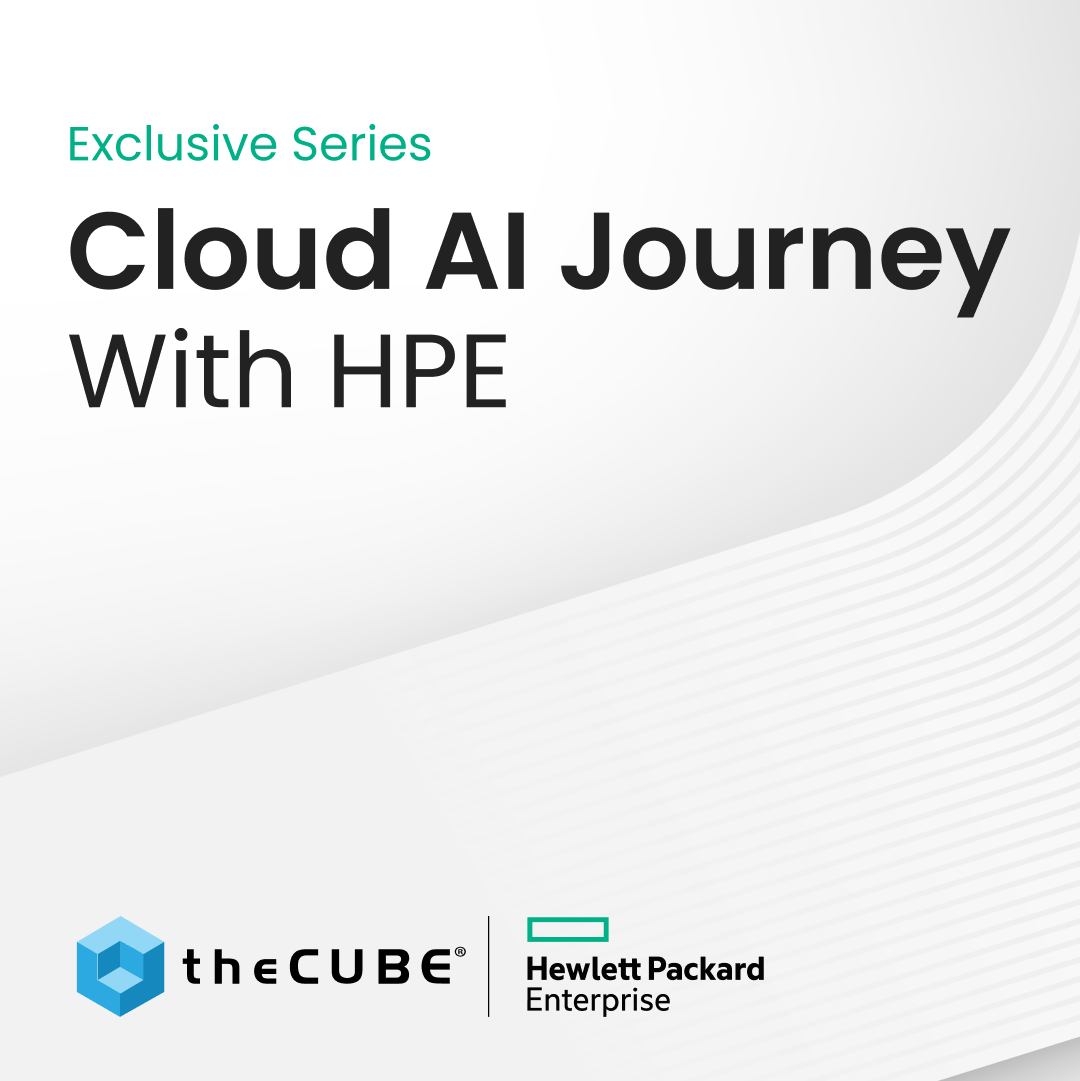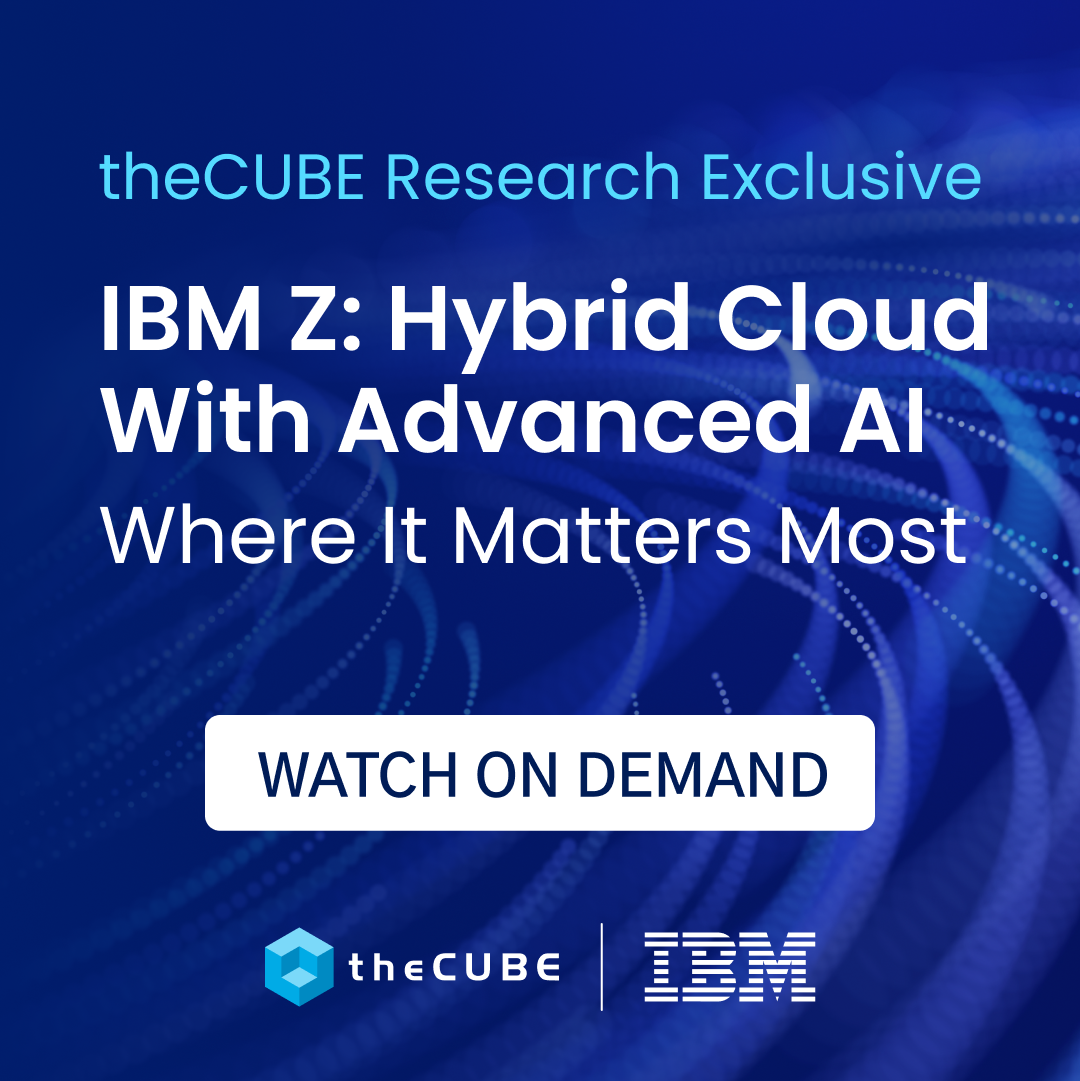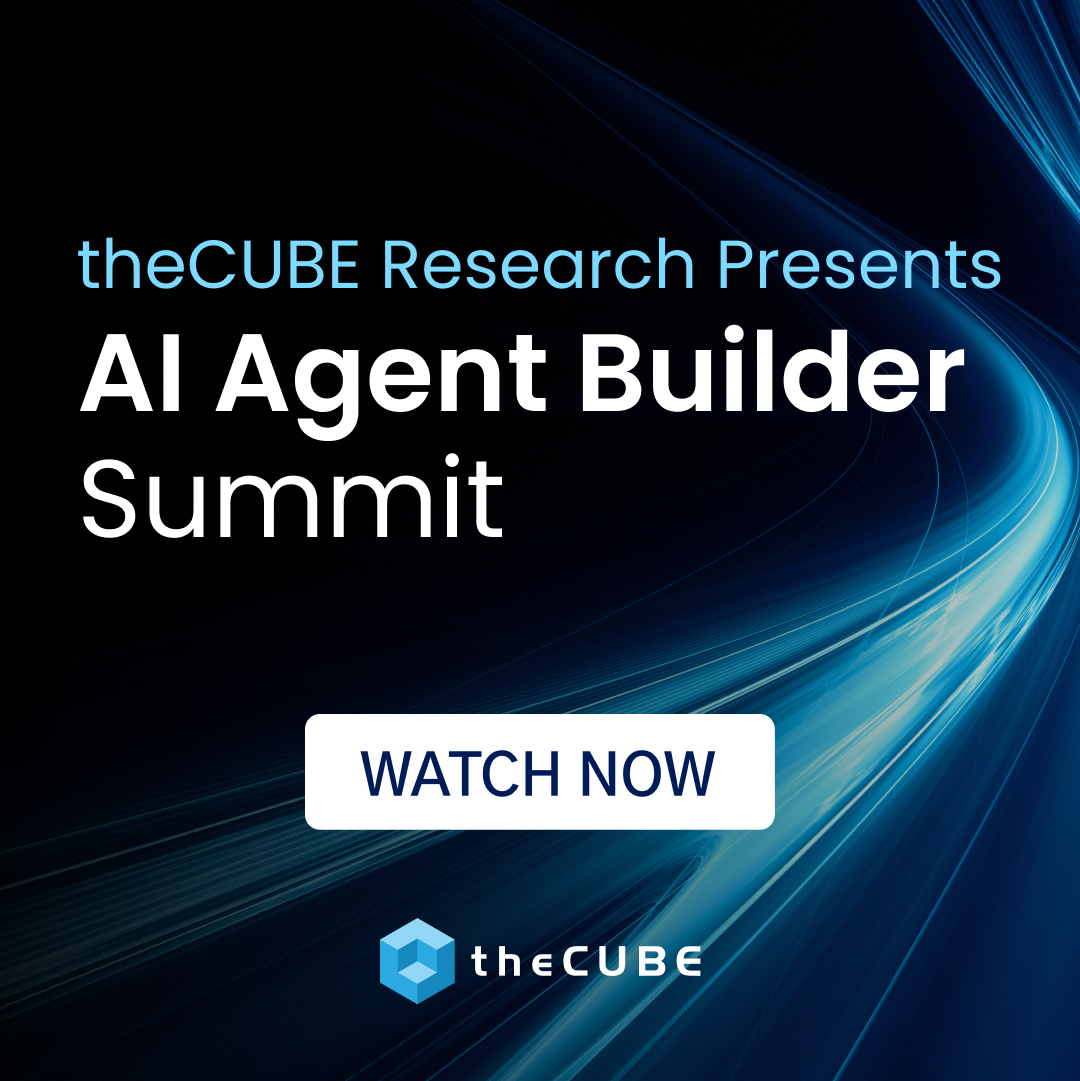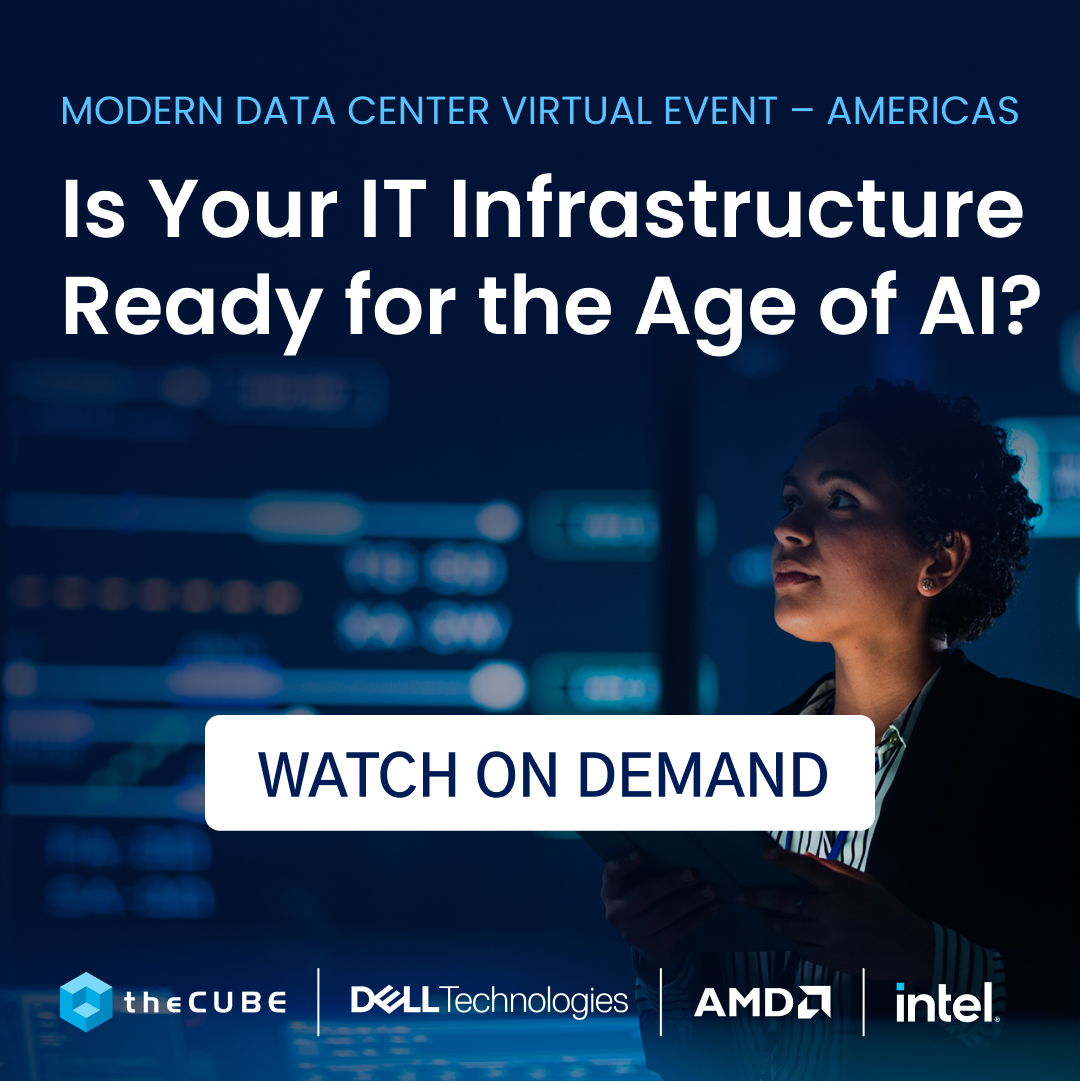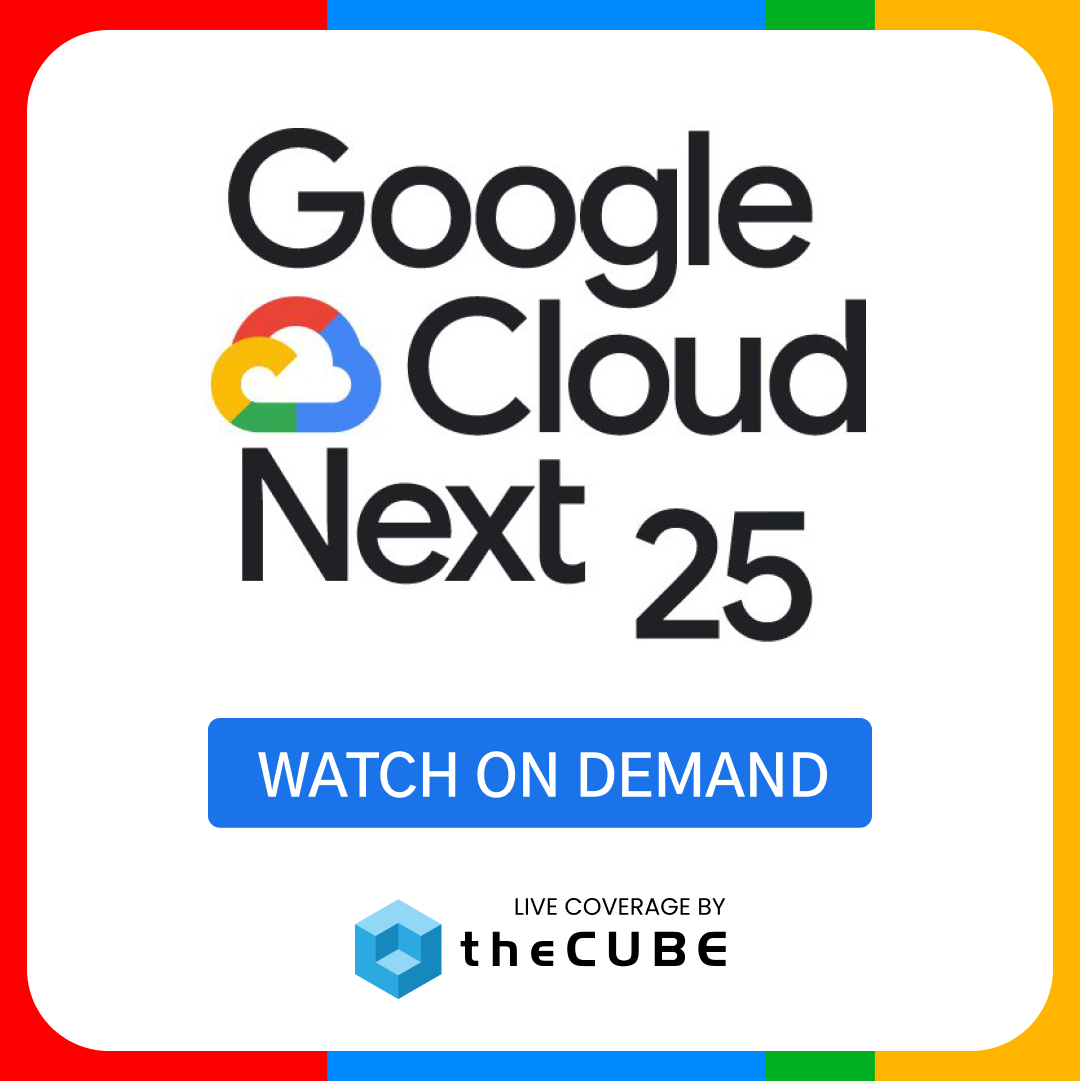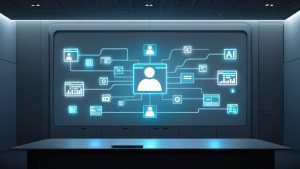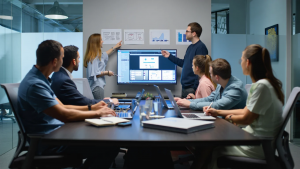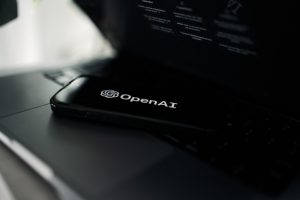Brocade details the “real advantage” of SDN, and how to get it | #EMCWorld
![]() Last week’s EMC World 2014 Event, held at The Sands Convention Center in Las Vegas, is theCUBE’s fifth year in attendance and also one of the two live broadcasts brought to you by SiliconANGLE. In this interview, Phil O’Reilly, Brocade’s VP of Worldwide Sales, Ethernet Fabrics, joined John Furrier and Dave Vellante to discuss how software is changing the data center world.
Last week’s EMC World 2014 Event, held at The Sands Convention Center in Las Vegas, is theCUBE’s fifth year in attendance and also one of the two live broadcasts brought to you by SiliconANGLE. In this interview, Phil O’Reilly, Brocade’s VP of Worldwide Sales, Ethernet Fabrics, joined John Furrier and Dave Vellante to discuss how software is changing the data center world.
After briefly adding in the fact that Brocade was holding a Tequila party that evening, Furrier asked O’Reilly about what Brocade was doing at EMC World this year, and also how Brocade and EMC fit into the massively disruptive third platform equation, as it seems to be a hot topic at the event.
O’Reilly responded saying that, in addition to having a long-term relationship with EMC, Brocade is at the event because things don’t stop at data anymore. The data center has evolved and is no longer composed of just applications, data and network.
“It’s one thing converged into a single solution to meet the end-user expectation,” said O’Reilly, adding that he was at EMC World this year to talk about the evolution of the virtualized data center on the data side, but also how the network plays in that story.
A Software World
.
Referencing a previous interview with VMTurbo’s Yuri Rabover, Furrier brought up how the old way of managing things is over when you have a software world that’s really connecting new elements together. He asked O’Reilly how this changes the data center equation from a customer standpoint, and the pain points it creates.
O’Reilly said the underlying structure should be looked at first, then determine what it is capable of being automated, virtualized and scaled.
“So, what we’re proposing is that, to get the real advantage of the software defined networking (SDN), you need to begin by thinking about the underlying network and converting it into a platform: a platform that will activate your virtualization both for applications and also for data, but a platform on which you can begin to virtualize services as well, and that’s really the ultimate goal,” explained O’Reilly. He advised to virtualize services in the data center, then control it with a software defined environment that drives a set of business rules and not IT limitations.
Vellante then asked O’Reilly what would happen to the box in this world, and how it would change. He replied saying that there won’t be a need for the purpose-built operating system (OS) anymore, as the processor capability in servers gets more pronounced. There will be the ability to deploy services in this compute infrastructure, shared with applications. However, performance still matters with these services.
O’Reilly also described that the infrastructure itself is controlled by a programmable software layer. “Not only do you get the capability that you have, you can evolve that capability as new opportunities present themselves,” he added.
Vellante questioned what this means for the economics of the hardware business. O’Reilly responded, “I think eventually the hardware companies will be more software-like. I think that’s inevitable, but I think what you’re going to see is the relevance of partnerships, so you get these converged solutions.”
O’Reilly gave an example of what Brocade is currently doing with EMC in terms of building converged solutions that don’t isolate the data environment. They integrate it with the network layer and, from the top down, integrate the network layer with the application layer.
The evolution of partnerships and software functionality are key differentiations for the future.
Brocade Fabrics : Defining differentiation?
.
Furrier then steered the conversation towards Brocade, asking O’Reilly of the products available on the fabric side, and what progress has been made. O’Reilly explained that Brocade has been building SAN fabrics for two decades and now have IP fabrics. The market has exploded for them, and their customer base is expanding because the use cases for the fabric has dramatically grown.
Searching for more clarity, Furrier asked of fabric’s differentiation points in a copycat market. O’Reilly noted that customers are looking for three things: incredible flexibility, real automation in the design itself and economics with regards to scalability that are unavailable in their current network.
“Those are the characteristics that we build into the Ethernet fabric and the marketplace is responding aggressively,” O’Reilly added.
- Network and Data Center Pain Points
Furrier then asked of the pain points in data center networks that O’Reilly sees with customers.
First, O’Reilly responded that customers are beginning to wake up to the fact that their data center cannot deliver the experience that keeps them competitive. They can’t predict scale or utilization. Next, customers are realizing that they can’t get there with their current infrastructure. They would have to scale up, but it’s not efficient to do that from a capital point of view.
Furrier questioned how customers reach these conclusions, requesting a list of symptoms to lookout for. O’Reilly said that applications fail and they have to add capability to drive a larger scale. When they add that capability in their old infrastructure, unexpected things happen, such as broadcast storms and extremely low returns because they can’t continue to scale infrastructure.
- Hyperdynamic Data
Vellante shifted the discussion to the new world of data center flexibility, real automation, scale economics. The future of that flexibility piece is Brocade – the Ethernet business.
O’Reilly replied saying that data used to be archival, then it became dynamic. Now, it’s become hyperdynamic. As he interacts with customers interact, he’s analyzing that data and changing their experience. The data environment is now part and parcel of the network experience. “The network not only needs to look up at the applications, it needs to look down at the data as well,” said O’Reilly.
A message from John Furrier, co-founder of SiliconANGLE:
Your vote of support is important to us and it helps us keep the content FREE.
One click below supports our mission to provide free, deep, and relevant content.
Join our community on YouTube
Join the community that includes more than 15,000 #CubeAlumni experts, including Amazon.com CEO Andy Jassy, Dell Technologies founder and CEO Michael Dell, Intel CEO Pat Gelsinger, and many more luminaries and experts.
THANK YOU

